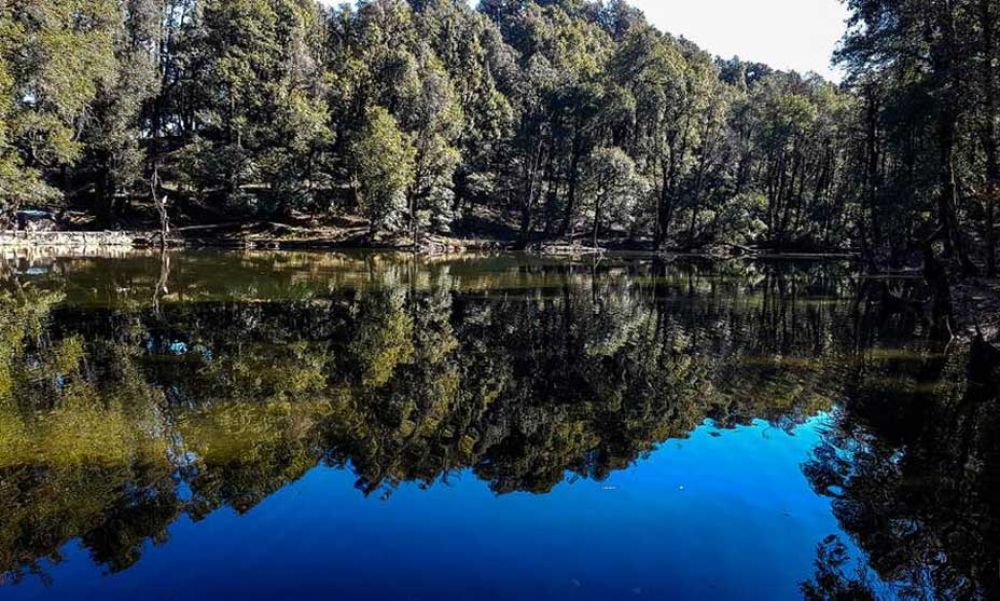

Nestled in the serene environs of Uttarkashi in Uttarakhand, India, Nachiketa Tal is a picturesque lake that holds both natural beauty and mythological significance. The history of tourism in this tranquil destination is relatively recent, given its accessibility and the boom of eco-tourism and adventure travel in India.
Named after Nachiketa, the son of sage Uddalaka, the lake has a rich mythological past. According to local lore, it is the very place where Nachiketa had a confrontation with Yama, the god of death, which resulted in revelations about the cycle of life, death, and the soul's immortality. Due to this story, the lake holds spiritual importance and draws pilgrims and culturally curious tourists alike.
The history of tourism at Nachiketa Tal starts with avid trekkers and spiritual seekers discovering the lake as a place of solitude and natural splendor. Over the years, as the Uttarakhand state government and local communities started promoting their region's natural and cultural resources, places like Nachiketa Tal garnered attention from domestic and international visitors.
Initially, the area was mainly visited by those on their way to more renowned destinations like Gangotri, one of the Char Dham pilgrimage sites. However, with the growth in trekking culture and the rise of ecotourism, Nachiketa Tal began to be recognized as a destination in its own right.
Accessibility improvements such as better roads and the establishment of trekking paths have facilitated the lake's exposure to tourists. Despite these developments, the region around Nachiketa Tal has remained relatively unspoiled and continues to maintain its pristine beauty, primarily due to community-driven conservation efforts and responsible tourism practices.
In recent years, there has been a surge in interest for experiences that combine adventure, spirituality, and ecological sensitivity. Visitors are looking for off-the-beaten-path destinations, and Nachiketa Tal's serene environment and the cultural lore offer just that. The trend also sees a rise in sustainable travel, with visitors opting for homestays with local families, contributing to the local economy, and minimizing their ecological footprint.
Moreover, wellness tourism has gained traction, with tourists seeking destinations that provide physical as well as spiritual rejuvenation. Nachiketa Tal, with its tranquil ambiance and clean air, has become a haven for those wanting to escape the hustle and bustle of city life and reconnect with nature.
While tourism brings economic benefits, there are ongoing challenges related to environmental conservation and maintaining the socio-cultural fabric of local communities. Uttarakhand's tourism department, along with various NGO's, has been working towards sustainable tourism practices to ensure that the growth in visitor numbers does not negatively impact the lake's serenity and ecology.
The future of tourism at Nachiketa Tal seems promising. With increased awareness and initiatives aimed at sustainability, this hidden gem in the Uttarakhand Himalayas is likely to continue attracting those in search of tranquility and a touch of the divine.